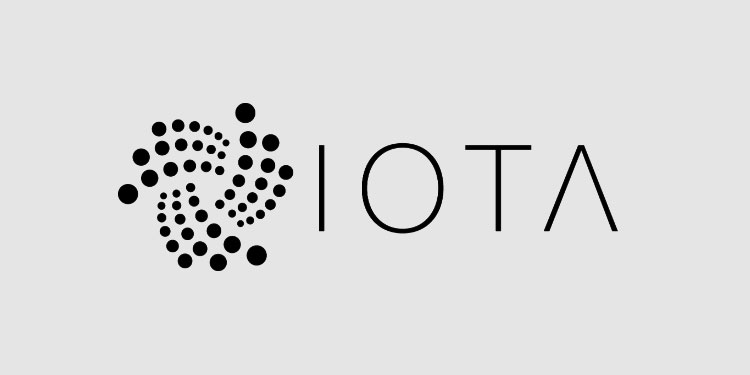IOTA Foundation, a non-profit focused on distributed ledger technology (DLT) and open-source development, announced today the first phase of its IOTA 1.5 network upgrade (Chrysalis) will go live on the IOTA Mainnet on August 19th. The updates will create significant performance, usability, and reliability upgrades to the current IOTA network. IOTA 1.5 is a critical component of the transition to IOTA 2.0, an enterprise ready, fully decentralized network.
Due to the new modular, flexible nature of the software development process, components from IOTA 2.0 can be applied to the current mainnet. The first set of features stem from months of dedicated research and development that are part of IOTA’s network upgrade strategy.
The first set of IOTA 1.5 features to be released include:
- A New Tip Selection Algorithm called URTS – Within the node software, this will make the tip selection process significantly faster and more efficient than the current approach.
- Milestone Selection Improvements – Allows the network to support a much higher level of TPS (transactions per second), with higher computational efficiency.
- White Flag – Used in calculating balances, a simpler, conflict-ignoring approach that improves speed and efficiency of tip selection, eliminates certain attacks and significantly reduces the need for reattachments.
- Autopeering – Ensures that each node automatically finds its peers without the intervention of a node operator and simplifies the process of setting up new nodes.
Users of the network should see immediate improvements to the network, including:
- Substantial increase to the current mainnet’s TPS. The network will process over 1,000 transactions per second with the IOTA 1.5 phase one changes.
- Reduces milestone insurance rate from 80 seconds to 10 seconds, an 8 fold increase in transaction confirmation times.
- The majority of transactions won’t need to be “attached,” they’ll reach their destination on the first try.
- Performance and reliability improvements for node software.
- Reduced node setup times through autopeering.
The second phase, planned for the second half of 2020, introduces functionality such as UTXO, Atomic Transactions, Reusable Addresses, and a transition to a binary transaction layout. These features make interacting with, and building solutions for, the IOTA protocol simpler than ever, making it easier for end-users to utilize the protocol on a day-to-day basis and for partners to build custom solutions. The IOTA 1.5 transition brings better specifications and tooling to support IOTA standardization efforts, while making it easier to develop critical infrastructure around the ecosystem such as wallet support, custody solutions, real-world applications, and third-party developer tools.
“We are thrilled to announce the completion of our first of two phases of IOTA 1.5. The culmination of these will become the Mainnet’s intermediate stage before the removal of the Coordinator. The substantial TPS increase and speed of the network are clear indications of the progress we’ve made and will continue to make as we move towards Coordicide.”
– Jakub Cech, Director of Engineering, IOTA Foundation






















